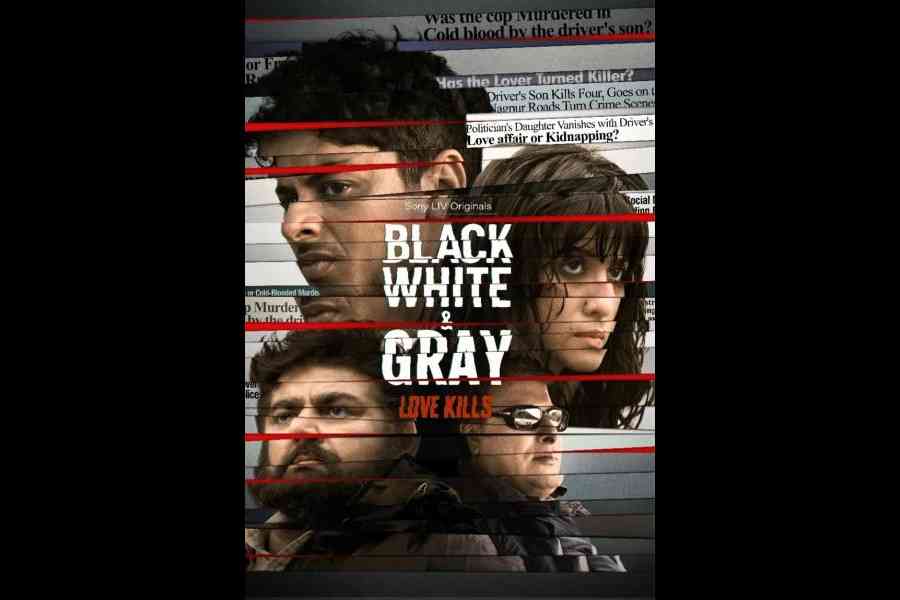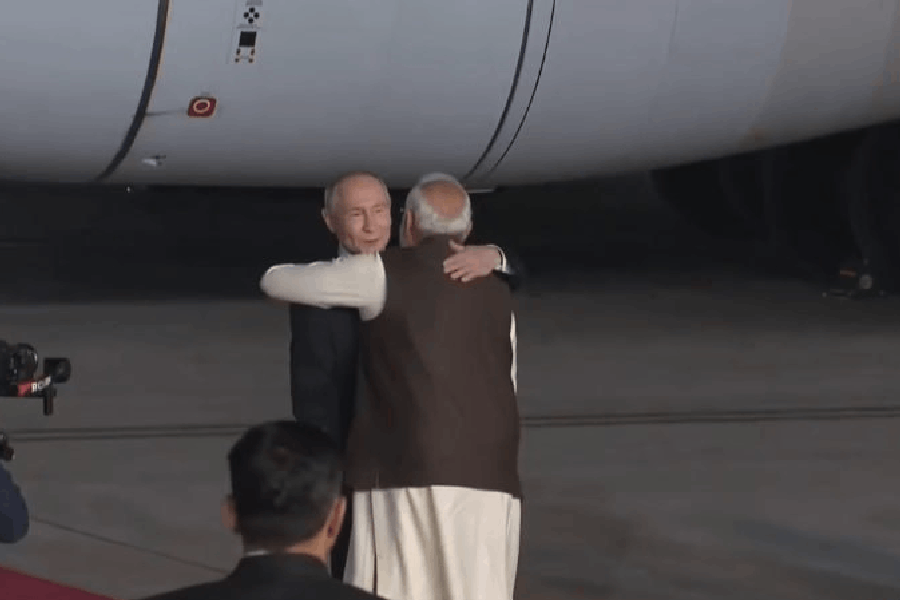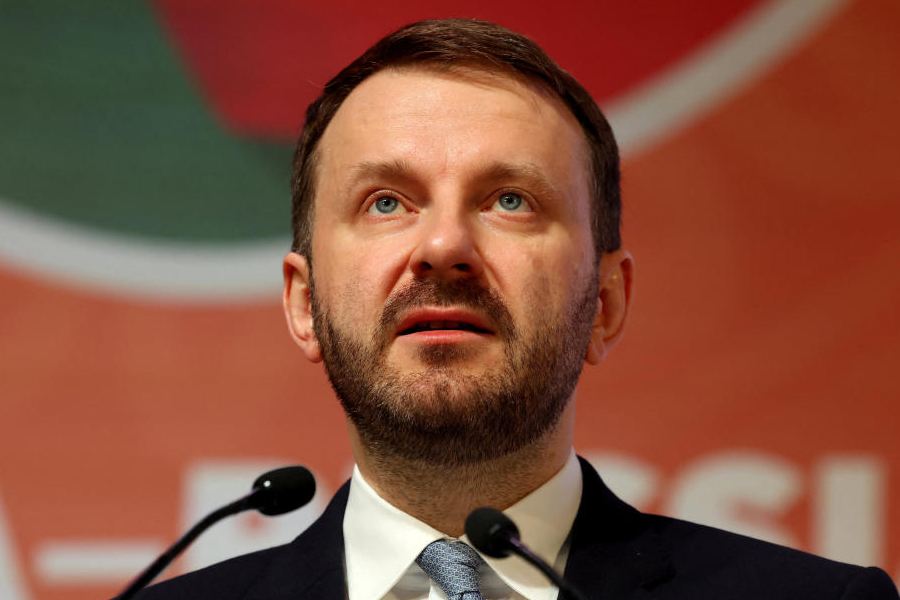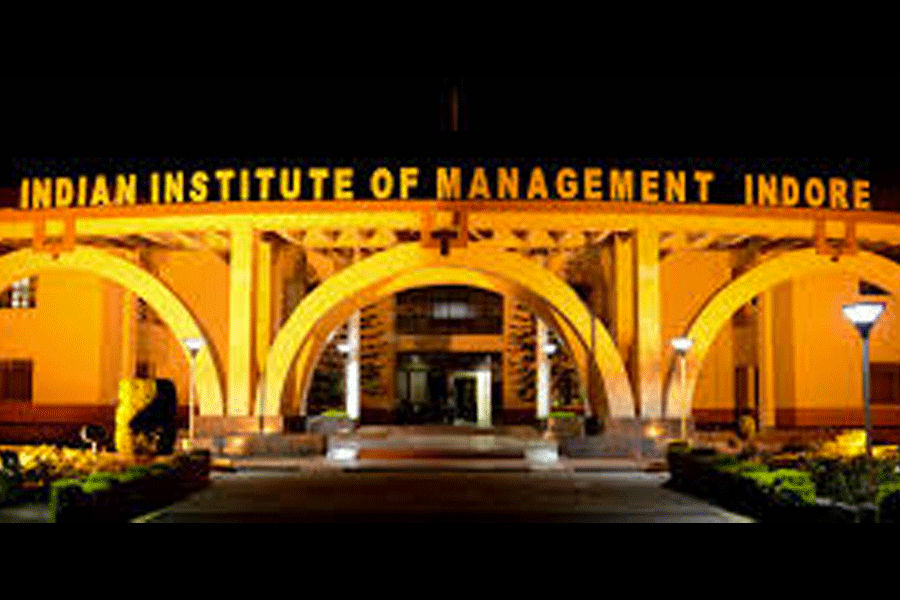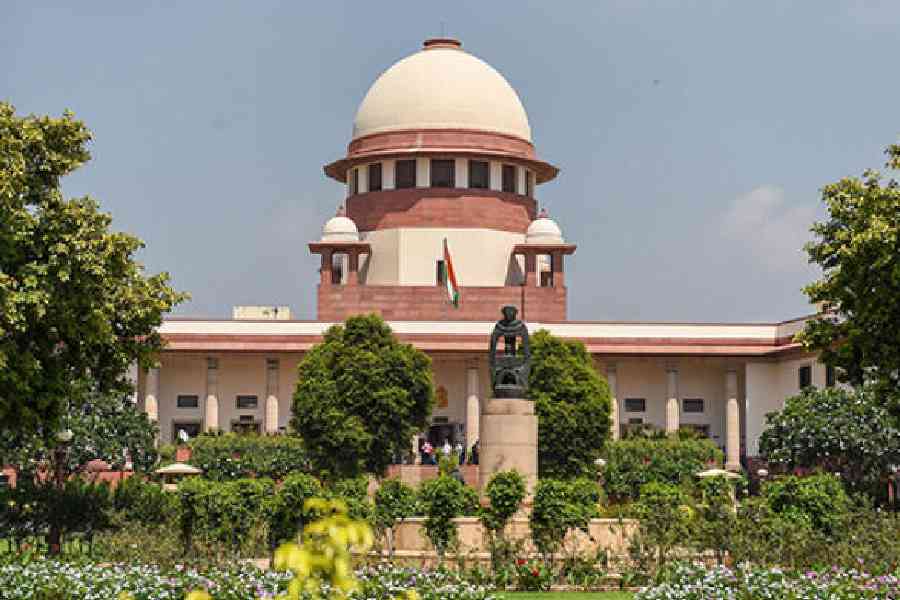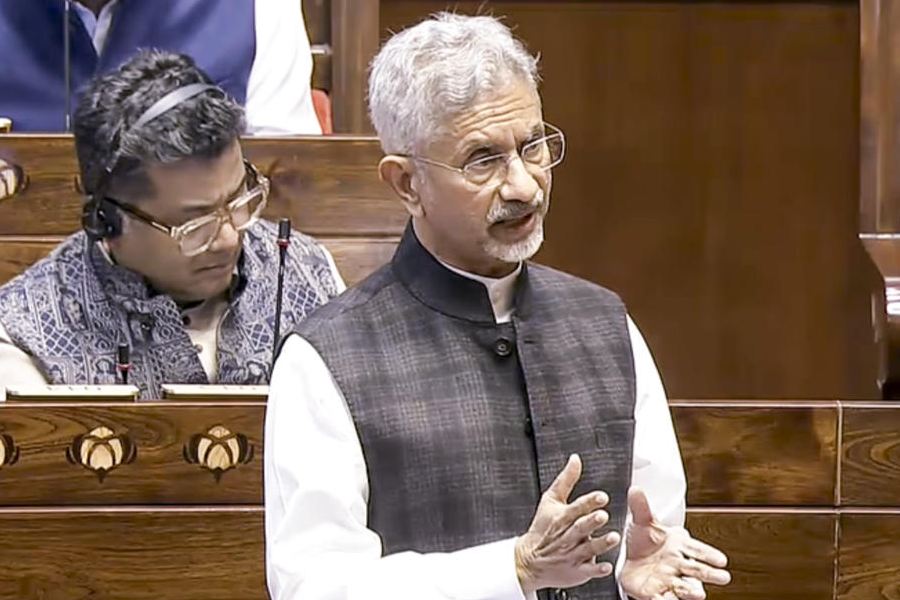Dizzying inventiveness — both of the literal and metaphorical variety — is at the heart of Black White & Gray. Distinguished by a daring meta-narrative which turns the so-called tenets of the true-crime genre on its head, this six-part SonyLIV series is perhaps the most ingenious piece of writing seen on Indian screens in a while.
Co-created by Pushkar Mahabal and Hemal Thakkar, with the former also doubling as director, Black White & Gray — with the title delving into the good, the evil and, more importantly, the in-between — focuses on the classic poor boy-rich girl trope, but builds a storytelling technique around it that keeps you on the edge of your seat. There are two intertwined strands: a mockumentary about a crime that is supposed to be real, and the restaging of the crime. Both are fictional, but what hits hard is that all of it could well be true.
The boy (played by Mayur More) and the girl (Palak Jaiswal) are not named, which is just as well because their circumstances — though extraordinary — are not alien to frequent newspaper headlines. Not naming them says more about socio-economic politics and caste chasm than doing so would have, with Black White & Gray emerging as a sharp and on-point commentary on what divides India today.
Living in Nagpur, she is the daughter of a powerful politician, while he is the son of the driver who has been driving her father around for decades. It is a prickly situation and what kicks off as a midnight no-strings-attached romp in a hotel room quickly escalates into a multiple murder case. The boy is the accused, including being named as the killer of the girl (no spoiler, there is much more to this). His other ‘victims’ include a village boy, a cab driver and an off-duty cop (played by actor-filmmaker Tigmanshu Dhulia). Hot on his heels is a bounty hunter (Deven Bhojani), along with a police force, which at the behest of the politician, is baying for the boy’s blood.
The stakes rise with every twist and turn and so does your involvement in the narrative, with the format shifting between the dramatisation of the crime(s), which is, of course, fictional; the talking heads playback, which is also fictional, marking a significant departure from a true-crime documentary, and the employment of multiple unreliable narrators, each of which has different interpretations and reinterpretations of what happened over the course of a few nights.
Black White & Gray talks about confirmation bias, gender inequity and the abuse of power. Much of it is not on the nose, but what is crudely executed — which is exactly what the script demanded — is the role of a certain section of the media as hungry vultures, perpetually ready as it is to peddle lies and manipulate many a truth. The fact that the boy chooses to tell his side of the story to a foreign YouTuber/self-styled journalist — who he believes is the only one who will present his story without blemish — says a lot about the kind of faith we have on our media now.
Black White & Gray ends on a tenuous note that makes you instantly rethink all that you have watched — and believed — in the last three hours. That’s the mark of great storytelling.

